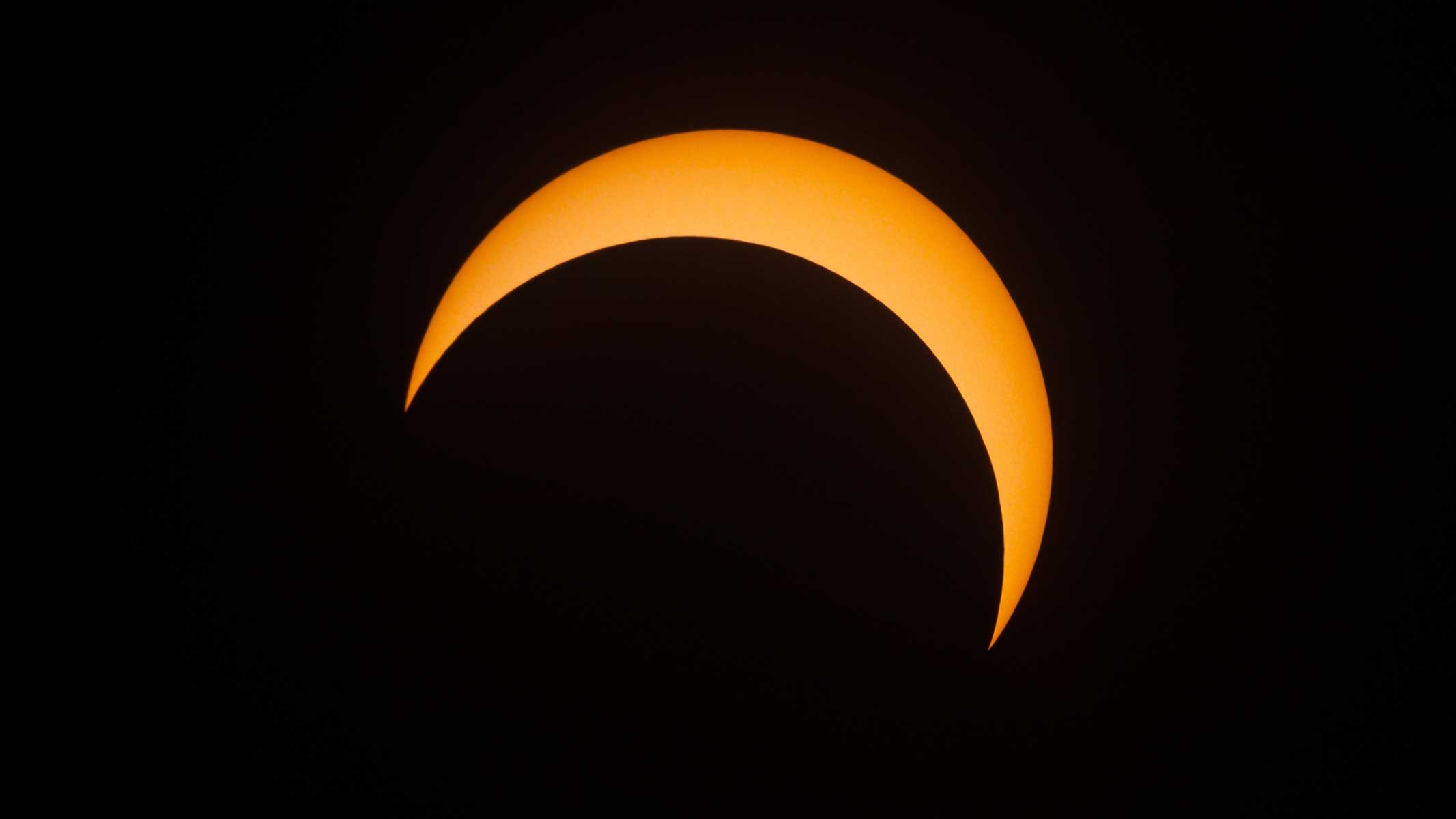A Brief Explanation of Solar Eclipses
Solar Eclipses have fascinated humanity for millennia. The prehistoric people of Ugarit, which is now Syria, provided the first record of a solar eclipse on a clay tablet, dated May 3, 1375 BC. Eclipses have been interpreted many ways, to mean misfortune or blessings. Feast or famine. The interpretation of a solar or lunar eclipse is really dependent on the culture of origin the interpretation is coming out of.
In tropical westernized astrology, solar eclipse represents time periods of intense emotions and actions that result from them, leading to a loss or gain. This could mean losing a loved one through breakups or death, but also gaining. We can also see large shifts in our careers, home life or any area where we plant our roots. These changes are not intended to happen all at once, instead they happen gradually over time, just as the moon and sun move through the sky.
We’ve discussed the esoteric beliefs around the solar eclipse, but is there significance to the solar eclipses that can also be backed by scientific information? The answer is yes. The great solar eclipse of 2017, provided scientist in America with an opportunity to study the effects of a solar eclipse on plants and animals.
Eclipses happen every 2 to 5 years, with total solar eclipses happening once every 18 months. The largest effect on plants is a loss of 15-20% photosynthesis. Photosynthesis is how plants feed themselves. Converting sunlight into oxygen. During a total eclipse, plants are shocked by the sudden lack of light and once the light returns, they are producing less oxygen for us and less food for themselves.
Animals, like plants, are also shocked by the sudden loss of light. Many animals begin to exhibit nocturnal behavior. Animals that are nocturnal are suddenly active during the time of eclipse and animals that are resting at night believe it is time to rest when losing the sun during midday solar eclipse.
Overall, solar eclipses are disorienting for all of Earth’s land inhabitants. We should wonder if fish or the creatures in the depths of the ocean that aren’t touched by light at all, are affected by what’s happening in the sky with the sun and moon. Some mysteries remain too great to solve.
Programs used: Word
Date: 4/30/22
Beverly, D. P., Guadagno, C. R., Bretfeld, M., Speckman, H. N., Albeke, S. E., & Ewers, B. E. (2019, June 20). Hydraulic and photosynthetic responses of big sagebrush to the 2017 total solar eclipse. Nature News. Retrieved April 30, 2022, from https://www.nature.com/articles/s41598-019-45400-y
Weisberger, M. (2017, July 5). What were the first records of solar eclipses? LiveScience. Retrieved April 30, 2022, from https://www.livescience.com/59686-first-records-solar-eclipses.html
